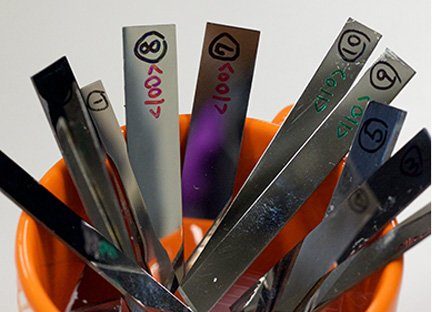Photo courtesy of Xiao Xu, Tohoku University, Sendai, Japan
As the elderly population is increasing across the world, the need for improved biomaterials to replace or support damaged bones has also increased. Most metallic biomaterials used nowadays in implants are stiffer than human bones, causing bone atrophy – a condition where bone density is reduced due to breakdown in bone substance and structure. Superelastic biomaterials lose their wear resistance and contain nickel, which is an allergic element.
A research group, which consisted of researchers from Tohoku University’s Graduate School of Engineering and Institute for Materials Research (IMR), the J-PARC Center, the Japan Atomic Energy Agency, and the Institute of Thermomechanics of the Czech Academy of Sciences has revealed a cobalt-chromium-based biomaterial, which mimics the flexibility of human bones keeps excellent wear resistance. The new material could be used in hip or knee joint replacements and bone plates, reducing problems associated with conventional implant materials.
The research findings were published in Advanced Materials, a prestigious scientific journal with the impact factor of 30.85. The authors included Lucie Bodnárová, Petr Sedlák and Hanuš Seiner from the Department of Ultrasound Methods of the Institute of Thermomechanics of the CAS.
Read more:
Tohoku University press report
Original journal paper

